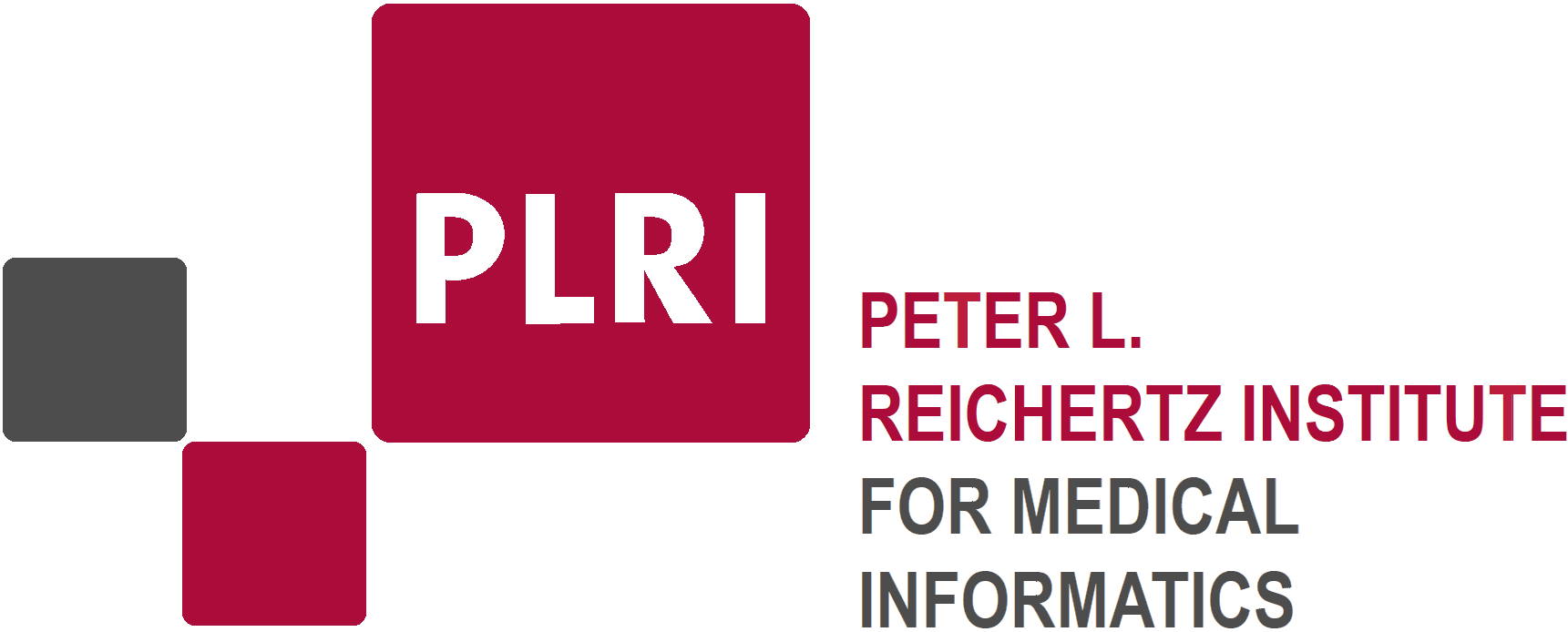
Individuals show an increasing interest in wearing a mobile device daily, which improves the quality of life in the way that smartphones cannot achieve. Smartwatches, smart textiles, smart glasses, and wrist bands are some of the mobile devices that are used by people during typical daily activities. These devices are referred to as wearable devices or in short, ‘‘wearables’’. Wearables can sense, measure, collect and monitor physiological/nonphysiological, and ambient parameters can provide localization and navigation, physical and mental health observation, sport analytic, and medical insurance analytics, in a 24/7 manner and provide the opportunities of a better quality of life. These collected data more often are sent to a gateway and in some cases, consequently to a server to construct a personalized database (data fusion). However, wearable devices and technologies are not a new phenomenon. There have been many efforts from commercials and academic communities to design, develop and implement these types of devices to serve as multi-tasking tools for several purposes. These attempts mostly were made during the last ten years with a concentration on fitness but not limited only to this topic. During recent years, interests in wearable devices, have led to the advent of many devices in the range of ambient, health, smart city, smart home, industry, agriculture monitoring and so on. The value proposition of wearables, in particular in health monitoring cannot be ignored as an event data recorder and early user/health carer notification.
A goal is to monitor the vital signs of a user for 24/7 to create a personalized database for abnormalities detection or early-stage disease diagnosis. Thus, we are aiming to monitor a user whether at home (smart home), at a car while driving (smart car) and to fill the gap when the user is not at any of these spaces by smart wearable(s). A smart wearable can be used to monitor and measure the vital signs independently or for data integration/complementary/supplementary. The linking of data from each of these EDRs leads to an enriched medical and non-medical data sources, providing useful and necessary information to data consumers (e.g. hospital and emergency rescue team), and accelerate/facilitate the rescue operation in an emergency.
